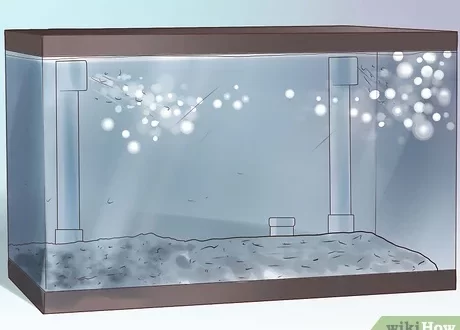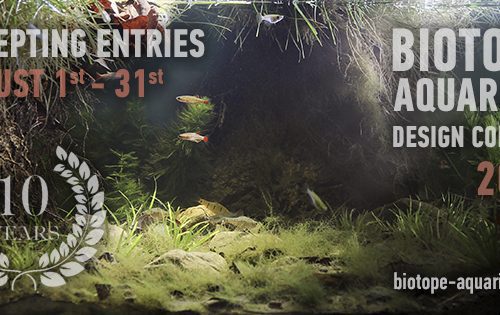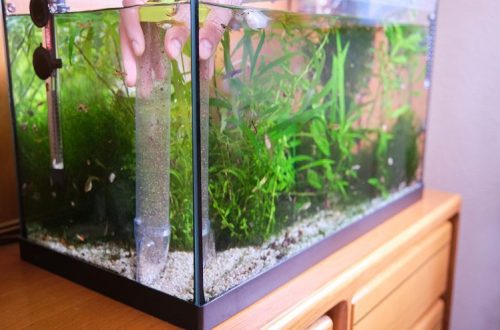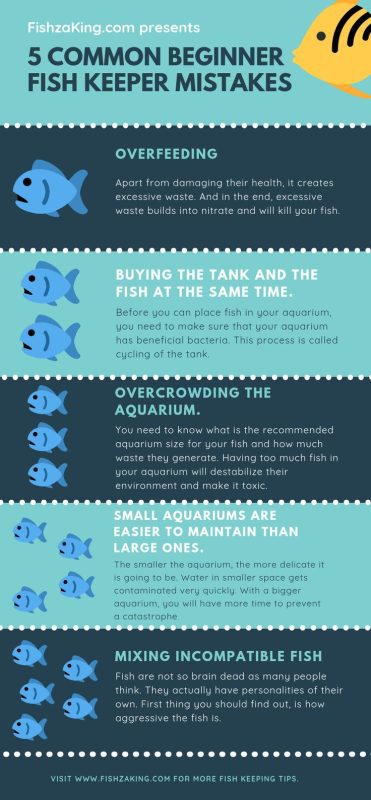
The most common aquarist mistakes
There are many misconceptions about some aspects of keeping tropical fish in an aquarium, which leads to various kinds of errors, especially among beginner aquarists. This article presents the 10 most common mistakes / misconceptions that you should definitely familiarize yourself with.
Contents
- No. 1. Inappropriate aquarium sizes for fish
- No. 2. Temperature mismatch for a particular species
- #3. Don’t take salespeople at their word.
- No. 4. Neglect to heat the aquarium
- No. 5. Loneliness of schooling fish
- No. 6. Binge eating
- No. 7. Launching fish into an aquarium without acclimatization
- #8: No Water Changes
- No. 9. Permanent filter cuts
- #10 Lack of control over water quality
No. 1. Inappropriate aquarium sizes for fish
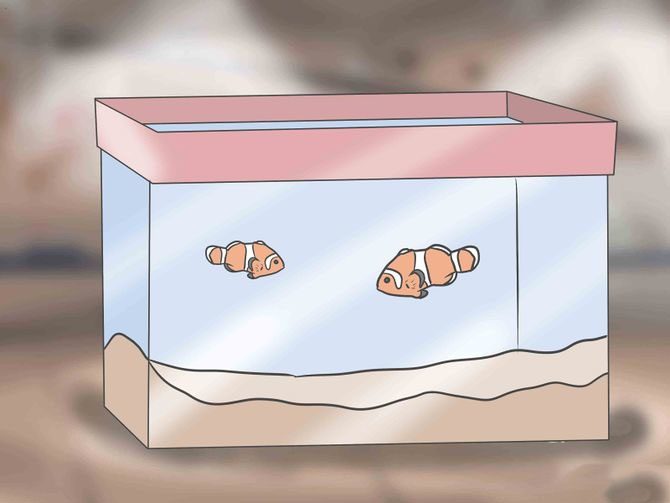
Remember, it is a mistake to purchase a pet at the rate of one centimeter of fish length per liter of water. You can’t put a fish 20 cm in size in a tank with a volume of 20 liters, there simply won’t be enough space for it there. The minimum required volume for fish is indicated in the description for a particular species (see Catalog of aquarium fish). If the article indicates a volume of 40 liters, then it is for one fish or for a small group of schooling species, depending on how they should be kept. The main rule is that the bigger the aquarium you can afford, the better.
No. 2. Temperature mismatch for a particular species
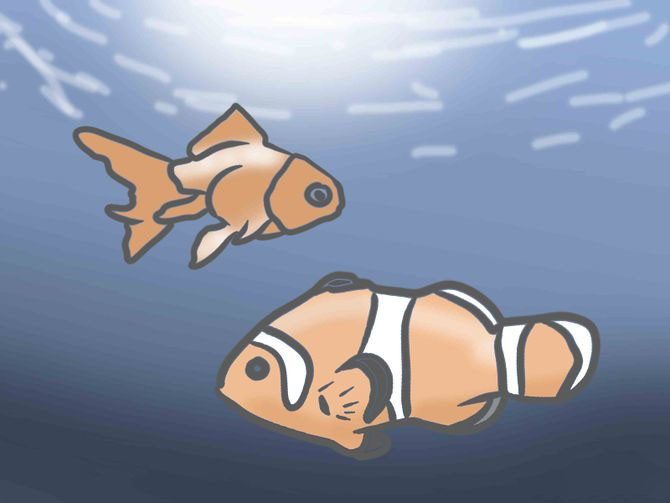
Don’t keep goldfish with tropical species as the latter prefer much whiter high temperatures. For example, for a goldfish, a temperature of 23–24 ° C is already too much, but for most characins, on the contrary, it is not enough.
#3. Don’t take salespeople at their word.
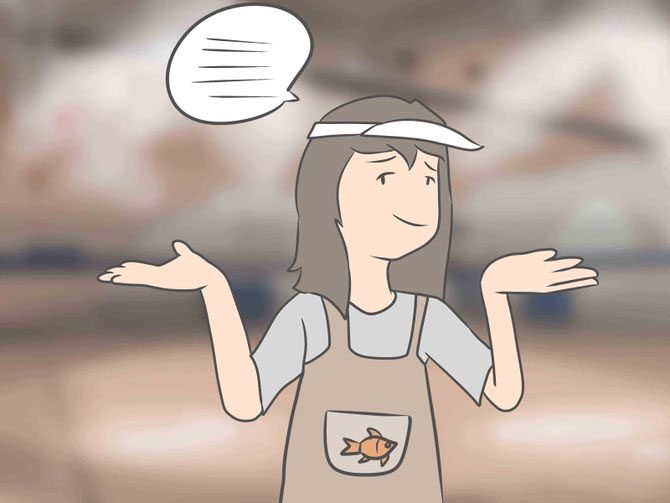
Do not take your word for what the seller in the pet store tells you about keeping fish, almost certainly he may not know anything about them, he just got a job in the first place he came across. Take information on the Internet at specialized sites or in specialized literature on aquarism.
No. 4. Neglect to heat the aquarium
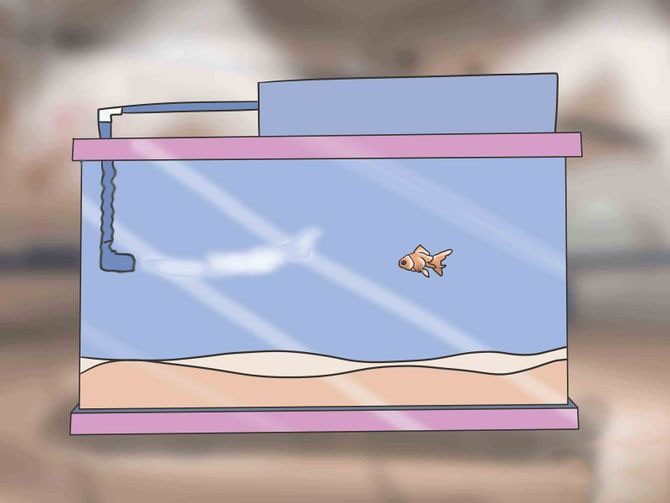
For the vast majority of fish species in an aquarium, a filter and heater should be installed. Even if the house is warm, the temperature will still fluctuate, especially during periods when central heating is turned off (spring-autumn), and for tropical fish this can have sad consequences.
No. 5. Loneliness of schooling fish
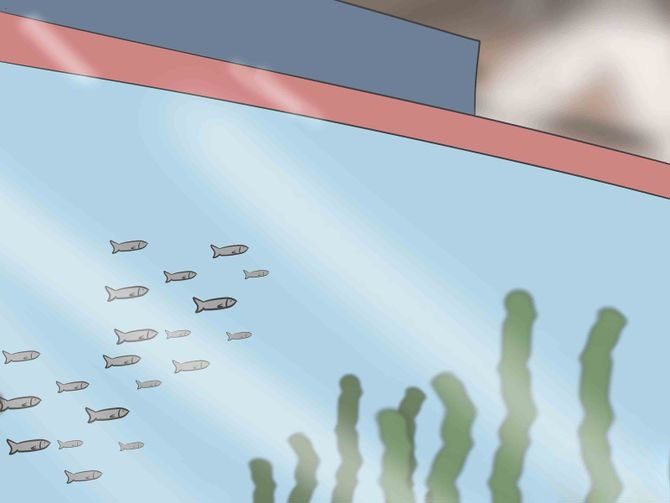
Keep schooling fish in a group! Many schooling fish require the joint maintenance of at least 5 individuals of the same species. For example, five Danios, but no more than one Danio and four Barbs – this is not correct.
No. 6. Binge eating
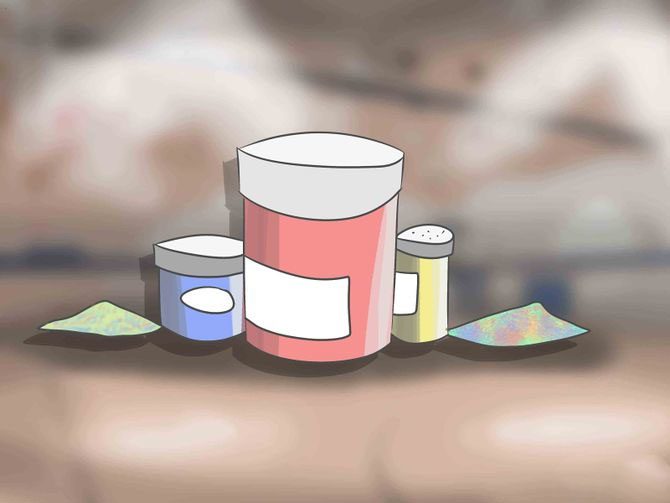
Beware of overeating. Feed only enough food to be eaten within 2-3 minutes. Specialized foods (flakes, pellets) should be the main food, and live and frozen as an additional source, serve once or twice a week (this practice is not acceptable for predators and other carnivorous fish). Freeze-dried food should be initially soaked in water in a separate cup and only then given to the fish. This food is able to significantly increase in size when in contact with water, which can damage the digestive system.
No. 7. Launching fish into an aquarium without acclimatization

During the acclimatization of new fish, it is not enough to simply equalize the water temperature. It is important to adapt to the water conditions (pH and dH levels, dissolved impurities, etc.). Gradually add water from the aquarium to the tank over several hours, and only then release the pet into the general aquarium. For more details, see the Transportation and introduction of fish into the aquarium section.
#8: No Water Changes
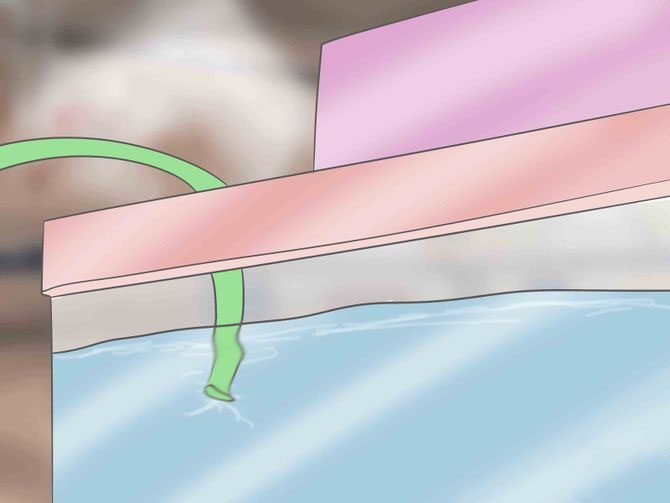
Renew weekly 25-50% of the water in the aquarium using a siphon. No matter how advanced your filtration system is, a water change is a must. It’s like letting fresh mountain or forest air into the room, and no air conditioners, humidifiers and other equipment can replace it.
No. 9. Permanent filter cuts
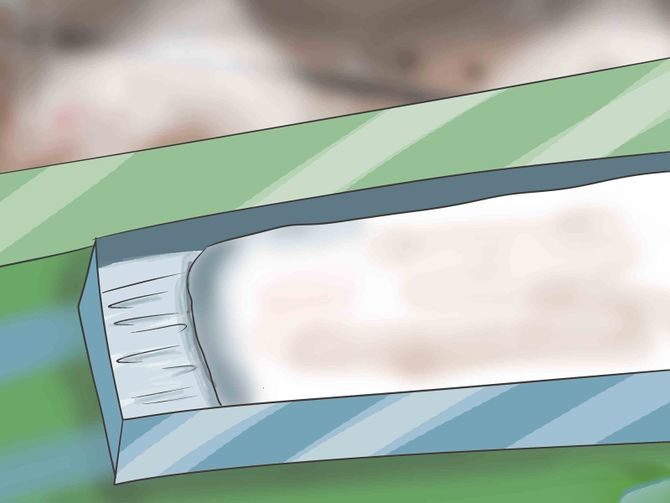
The filter must work constantly (see section Filters)! It cannot be turned off, because in the process of work, colonies of beneficial bacteria form in the filter material, removing ammonia and its compounds from the water, and these substances are deadly for fish. Stopping the filter leads to their death, as well as rinsing it in cold water or using cleaning products.
#10 Lack of control over water quality
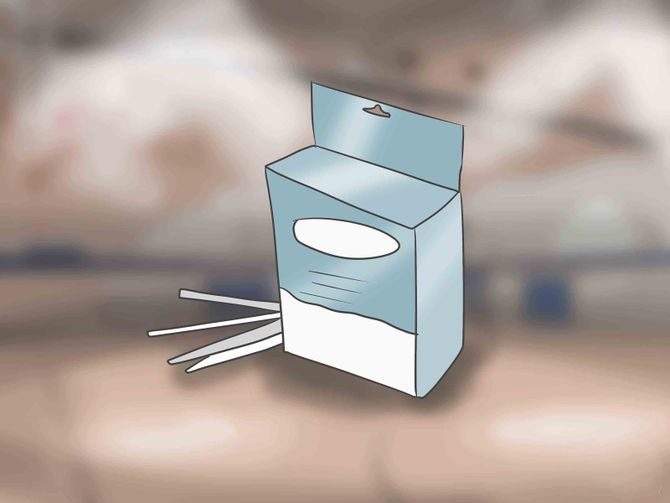
Be sure to buy a kit for testing the water in the aquarium (litmus papers, etc.), so you will find out what is happening in your aquarium and in which direction you need to change one or another parameter. For example, the test showed that the water has become too acidic, which means that it is necessary to replace part of the water with fresh water and clean the soil, remove other organic waste.



